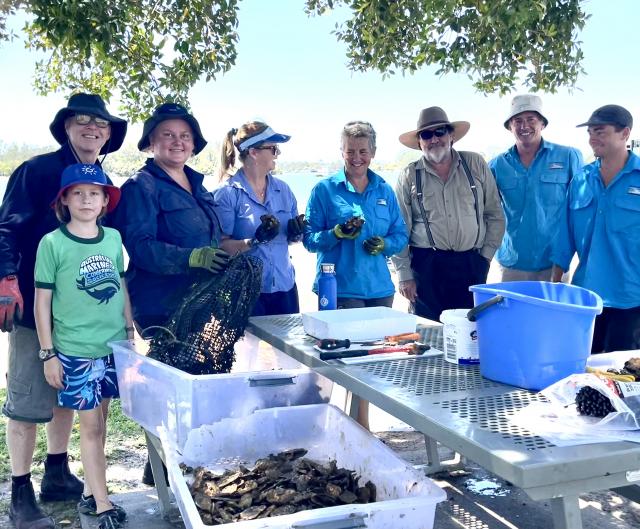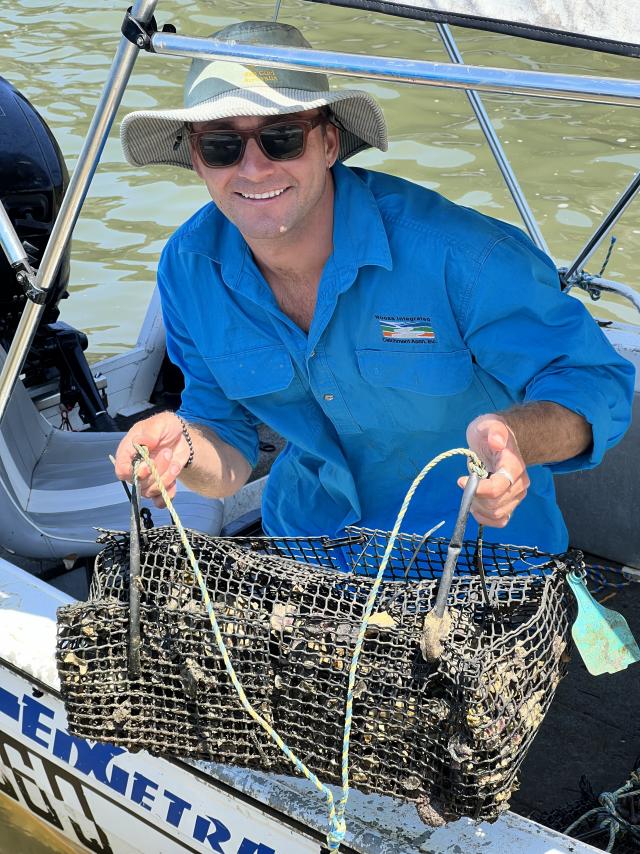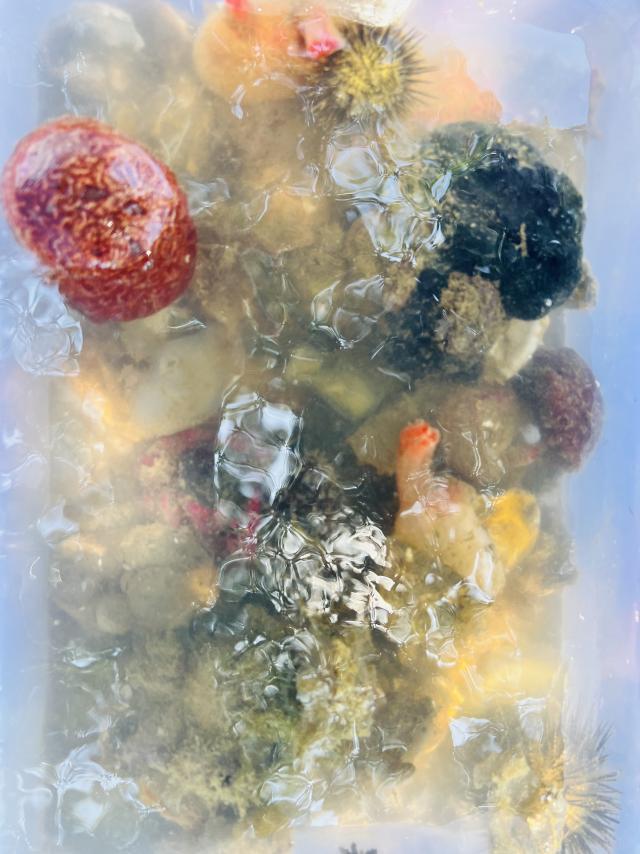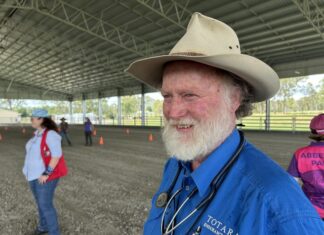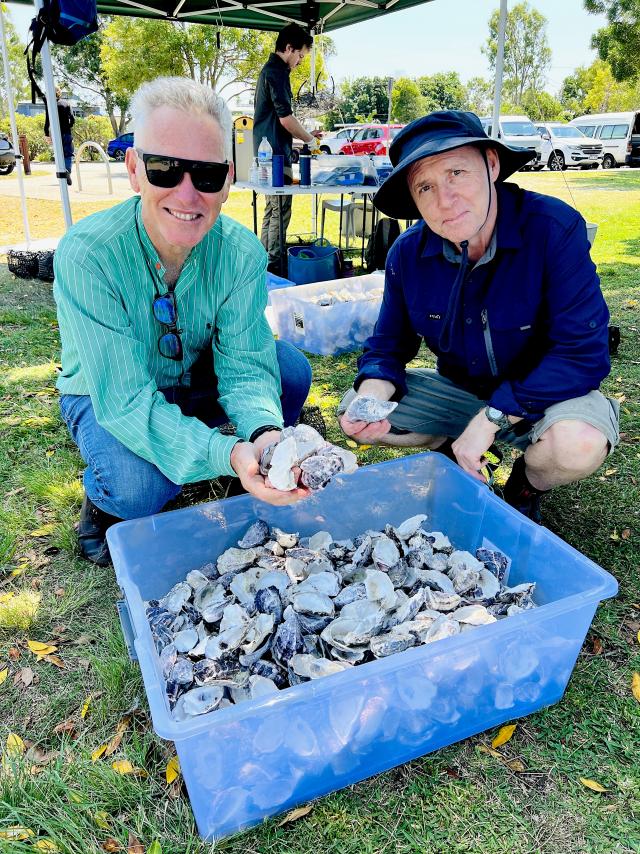
A year since a network of seeded oyster gardens were deployed in the Noosa River, the oyster reefs’ first audit has given a thumbs up for the future of the ambitious river improvement program.
In November last year the Noosa Integrated Catchment Association (NICA) distributed recycled baskets, seeded with juvenile rock oysters on clean oyster shell provided by Noosa restaurants, to a volunteer network of oyster gardeners all around the Noosa River – upstream toward Noosa North Shore ferry, along the North Shore, Tewantin, around the shores of the lower estuary, in Weyba Creek and within Noosa Waters. Says NICA’s Richard Howard: “Our oyster gardeners maintained and monitored the gardens, with our assistance, over the last 10 months, as the oysters developed into adults ready to be deployed on the Huon Mundy reefs to help kickstart ecosystem recovery. It wasn’t uncommon to see three generations of one family on the end of jetties tending to their gardens over this time.”
Last week NICA brought in all those oyster gardens to Tewantin where teams of volunteers, guided by The Nature Conservancy, inspected, weighed, photographed and sorted them, carefully removing the adult rock oysters ready for the reefs.
As Richard told Noosa Today: “The work was slow, not least because of the streams of passers-by curious about the activity, and a school group providing a helping hand as part of their marine biology course. But it was very satisfying to see the good growth of the seeded rock oysters along with the natural recruitment of a myriad of associated species also developing within the oyster gardens – a window on the aquatic biodiversity present in our river, and of the ‘reef building’ role of the rock oysters.
“The audit identified numerous other species of oysters, as well as mussels, crabs, prawns, fish, ascidians, molluscs, nudibranchs and crinoids to name just a few within the baskets – all carefully extracted and released back into the river. The feather star, decorator crab, cowries and sea urchins were pleasant surprises, the pistol shrimps and eastern fortescue fish treated with due care.
The adult oysters extracted from the gardens were carefully established on the Huon Mundy reef matrix by hand, with the remaining juvenile rock oysters placed back into the oyster gardens and set back into the river for further growth and availability as needed to help augment the oyster restoration process.
Says Richard: “We look forward to taking our oyster gardeners on a tour of the Huon Mundy reefs via the Tread Lightly events program, to demonstrate their hard work and the progress of the ecosystem recovery around the reefs. NICA thanks the dozens of oyster gardeners and others who participated in the program to date for all their hard work, along with numerous commercial businesses, resorts, schools and aligned community organisations. It is also a real privilege for a volunteer community organisation like ours to work alongside The Nature Conservancy in this endeavour, with the valued support of the Thomas Foundation, Noosa Shire Council and the Australian Government.”

